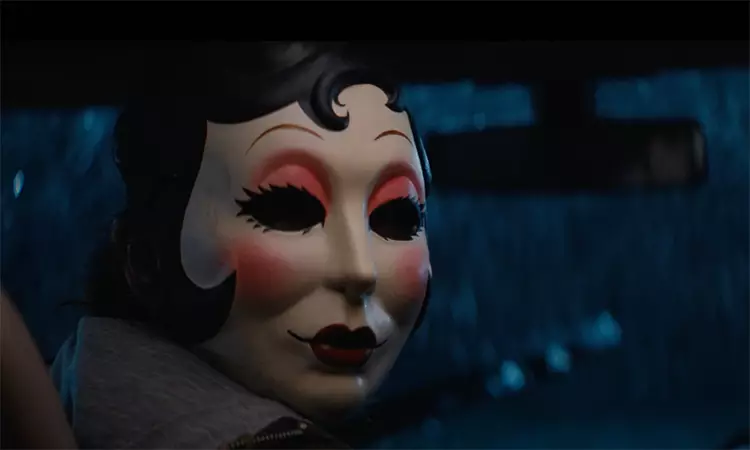In 2008, audiences were plunged into a world of terror with the release of *The Strangers*, a chilling thriller that expertly crafted an atmosphere of dread with its simple yet haunting premise. The film followed a couple, portrayed by Liv Tyler and Scott Speedman, whose romantic getaway takes a nightmarish turn when they are terrorized by three mysterious masked figures. This cinematic experience left a lasting impression not only on viewers but also on its director, Renny Harlin, known for his talent in creating suspenseful narratives through works like *Cliffhanger* and *Deep Blue Sea*.
The originality of *The Strangers* lay in its ability to evoke primal fears through minimalistic storytelling. The masked intruders, emblematic of faceless evil, and the couple’s vulnerability resonated with audiences, igniting a discussion about the nature of fear and the fragility of safety in seemingly ordinary situations. This film was a hallmark of horror in the late 2000s, setting the stage for its resurgence in the genre through various remakes and sequels.
Unpacking the Ambitions of Renny Harlin
Fast forward to the present, and Harlin is back to reimagine his earlier success with an ambitious project. He describes his latest endeavor as a “four-and-a-half-hour epic,” intended to delve into the chilling rationale behind random acts of violence, as well as the psychological aftermath experienced by victims. This statement hints at a profound exploration beyond mere shocks and scares—aiming instead to understand the motives lurking behind the masks.
The upcoming trilogy initiates with *The Strangers: Chapter 1*, releasing earlier this year, which introduces a fresh young couple, played by Madelaine Petsch and Froy Gutierrez, ensnared in the same terrifying predicament as their predecessors. By branching out into a trilogy, Harlin appears to aim for a richer narrative tapestry that could potentially redefine the original’s impact and shed light on unanswered questions that have lingered since 2008.
The marketing of *The Strangers: Chapter 2* has smartly leveraged nostalgia—featuring the iconic line, “Is Tamara home?” which echoes the original film yet leaves a tantalizing mystery surrounding the character of Tamara herself. Harlin has indicated plans to reveal this character’s identity in the new narrative, potentially offering fans the closure they didn’t know they craved. A reimagining of an old plot allows for exploring unresolved themes of identity and fear, creating an intriguing juxtaposition of continuity and innovation.
Madelaine Petsch’s enthusiasm for the project reflects a genuine connection to the legacy of *The Strangers*. Her childhood experiences resonate with a generation that appreciates horror not merely for the thrill, but for its emotional impact. Petsch’s personal anecdotes resonate with fans, drawing parallels between the terror of her youth and the experiences she hopes to emulate onscreen. For her, this project means more than just participating in a beloved franchise; it entails honoring a genre that profoundly affects its audience.
With the return of iconic elements and a fresh youthful energy through actors like Petsch, Ema Horvath, and Gabriel Basso, the future installments promise to engender a new level of engagement between the film and its audience. The open-ended nature of the narrative leaves room for speculation about character fates and thematic depth—elements that could either deepen the horror experience or frustrate audiences reliant on definitive resolutions.
Despite the buzz surrounding *The Strangers: Chapter 2*, the release date is still shrouded in uncertainty, leaving fans and critics alike eagerly awaiting updates. How will Harlin weave his vision into the broader canvas of horror? Can he capture the raw emotion and terror that captivated audiences over a decade ago?
As the trilogy unfolds, *The Strangers* not only seeks to breathe life into age-old fears but also prompts an exploration of the horrors within and around us. The anticipation grows not just for what lies within each chilling frame but for an expansive conversation about the evolution of horror in film—a genre that fascinates and terrifies in equal measure.

